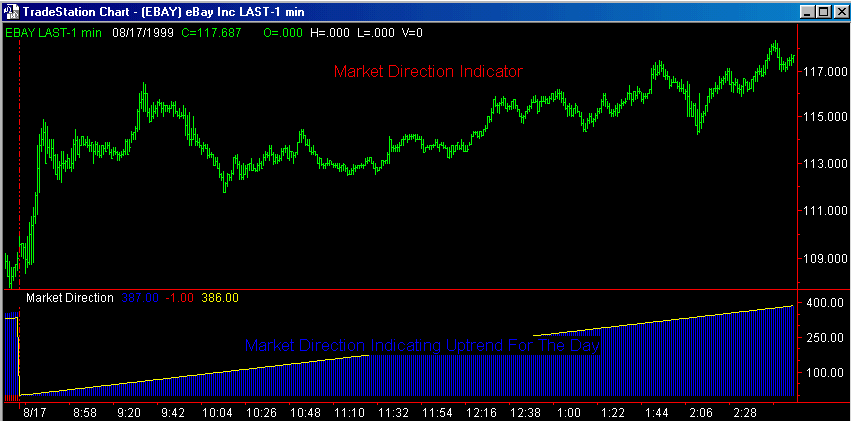Day trading indicators
Post on: 25 Июнь, 2015 No Comment

Investors are never short of day trading systems, methods, and timing indicators to refer to when exercising day trading. Knowledge on how to use multiple day trading indicators is crucial to enter and exit the market profitably. Below are some day trading indicators and their properties:
Moving Average (MA) Indicators
Made popular by Richard Donchian more than half a century ago, MA is used to determine the time to buy and sell. Essentially, it is ideal to buy when the price is above the MA and sell when closing is below the MA. Because MA is a lagging indicator, it will help investors gain profits after a trend has commence when holding open position. Due to the same reason however, investors following the MA will also tend to exit after the change of a trend, giving up part of their profits in the process. Different sets of MAs can therefore be used as cross references to minimize this problem and to forecast more accurate outcomes.
Moving Average Variations
Using the variations of MAs as indicators have shown a more accurate outcome than using simpler MA figures. Examples of MA variations are moving average convergence and divergence (MACD) and moving average compression (MAC) to gauge the momentum of the market. The use of MACD, developed by Gerald Appel is an indicator that shows when a short-term moving average collides with a long-term moving average.
As with any MA based indicators, these lagging indicators also do not present early warning for squaring up, causing reduced profit. It is therefore advisable to use these in conjunction with other non MA based indicators.
Stochastic Indicator (SI) and Relative Strength Index (RSI)
These two oscillator type indicators are similar in the sense that they are used to reflect overbought and oversold scenes, serving as useful timing indicators in forex. What separates them is the fact that SI has two values compared to only one in RSI. Stochastic present readings between 0 percent to 100 percent. Generally, a reversal or correction of trends can be anticipated when the reading goes above 80 percent.
Again, there a downside to these indicators. Although an oversold or overbought condition have been identified, in some instances, the trend can still continue and not necessarily change. To counter this, the use of SI and RSI should be used along with other timing indicators.
Parabolic SAR Indicator
A parabolic indicator is derived from mathematical calculations to come up with a sell number and a buy number that investors can use as sell stops and buy stops. SAR stands for ‘stop and reverse’ and is very useful in trending markets. Since this method is very objective, it is great as a mechanical system in trading. Because parabolic indicators tend to perform poorly in highly volatile market, using it with other indicators will increase its accuracy.
Directional Movement Indicator (DMI)
DMI, was developed by Welles Wilder and is derived from proven theories to determine market strength. A call of action can be identified with the use of its three component, the +DI value, the -DI value and the Average Directional Movement Index (ADX). When the ADX goes above 20, the trend is generally strong. The higher this reading is, the stronger the trend.
Rate of Change (ROC) Indicator
The ROC is the difference in price now and then. ROC can be calculated for various length of time, the most popular in forex being 12 day and monthly ROC. According to Jake Bernstein in his book, ‘The Compleat Guide to Day Trading Stocks’, I believe that both the momentum and ROC have been ignored and underrated as trading indicators and as valid inputs for trading systems. His point is that due to the adaptability of ROC,they can be incorporated into trading system where they serve more than just indicators. The downside? Again, this indicator may lag according to market trend.
For various reasons, there’s never one indicator good enough on its own. As John L. Person of ‘Candlestick and Pivot Point Trading Triggers’ puts it, . there is no holy grail for any single trading indicator or style.














